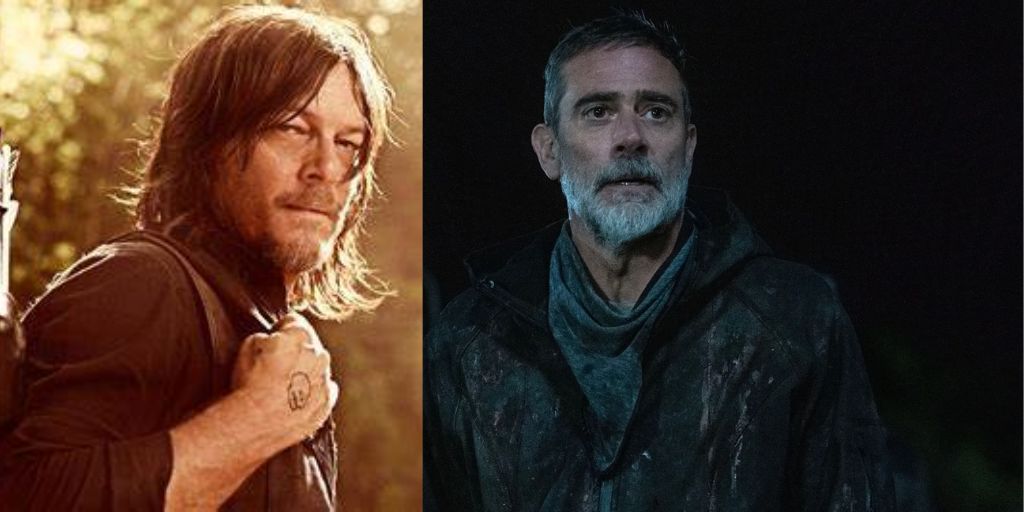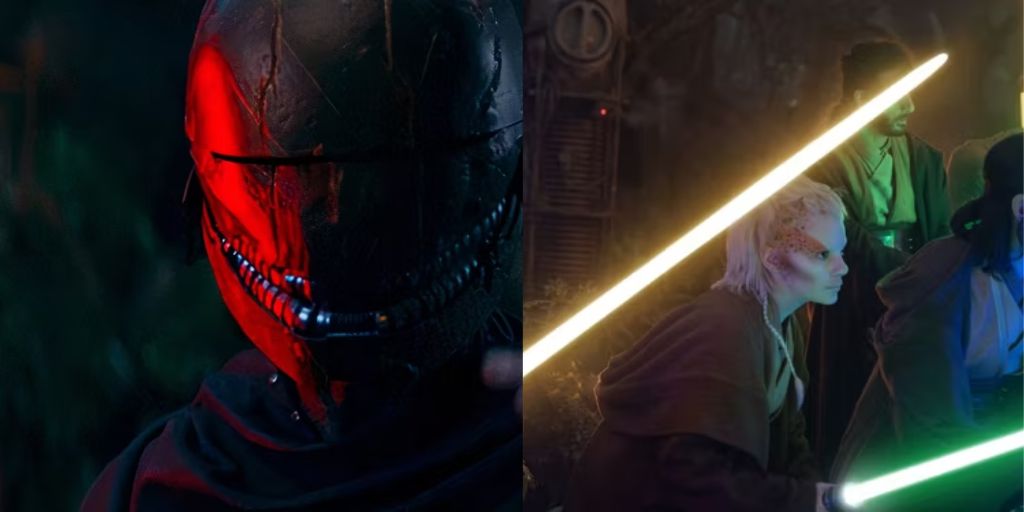The ending of Episode 4 of The Acolyte, titled “Day,” has stirred significant buzz among fans, setting the stage for what promises to be a pivotal moment in the series.
As the Sith Lord finally reveals himself to the Jedi, tensions escalate dramatically, only to leave viewers hanging as the episode cuts to black just as the anticipated battle is about to commence.
This abrupt cliffhanger has sparked both excitement and frustration online, with many expressing dismay at having to wait a full week to witness the outcome of this intense confrontation.
However, as disappointed as some fans may be with this cliffhanger, there exists a precedent for even more contentious endings in television history. The Walking Dead’s Season 6 finale, “Last Day on Earth,” stands out as a prime example.
What Takes Place in “The Walking Dead” Season 6 Finale?
The episode built up to the long-awaited introduction of Negan, portrayed with chilling charisma by Jeffrey Dean Morgan. In a brutal and unforgettable scene, Negan lines up Rick Grimes’ group, delivers his menacing monologue, and then proceeds to bludgeon one of them to death with his barbed-wire-wrapped baseball bat, Lucille.
What made this cliffhanger particularly infuriating for fans was the fact that the identity of Negan’s victim was deliberately withheld. The camera angle shifted to the victim’s point of view just as the fatal blow was struck, leaving audiences in suspense for over six months until the Season 7 premiere revealed the tragic outcome.

This extended period of uncertainty fueled intense backlash and criticism from viewers, who felt cheated by the withholding of such crucial information after a season marred by other narrative frustrations and questionable plot choices.
The Walking Dead’s Season 6 finale was not just a cliffhanger; it became a lightning rod for discontent among fans and critics alike, reflecting broader dissatisfaction with the show’s direction and handling of its characters.
Showrunner Scott M. Gimple and creator Robert Kirkman attempted to defend the decision, urging fans to trust in the payoff that would come in the following season.
However, the fallout from the finale underscored the risks of using such prolonged suspense as a storytelling device, especially when audience expectations are at their peak.
In contrast, The Acolyte’s cliffhanger, while impactful, operates within a different context. The delay between episodes is a standard part of serialized storytelling, albeit one that can heighten viewer anticipation and frustration.
Week-to-Week Storytelling Fuels “The Acolyte”‘s Success
Unlike The Walking Dead’s finale, where a death was definitively shown but not immediately resolved, The Acolyte leaves the outcome of its pivotal scene entirely open-ended.
This approach invites speculation and discussion around the Sith Lord’s identity and the impending conflict, focusing more on anticipation rather than frustration over withheld information.
Furthermore, The Acolyte’s narrative structure suggests that the cliffhanger serves to mark a transition point in the series, setting up future developments rather than leaving a major storyline thread unresolved.
This differentiation highlights how cliffhangers can vary in impact and reception depending on their execution and narrative context.

As both series continue to navigate their respective narratives and audience expectations, the legacy of these cliffhangers underscores the delicate balance between satisfying storytelling and engaging audience investment.
Whether viewed as a frustrating wait or an effective narrative tool, cliffhangers remain a powerful device in television storytelling, capable of shaping viewer reactions and perceptions long after the episode concludes.




